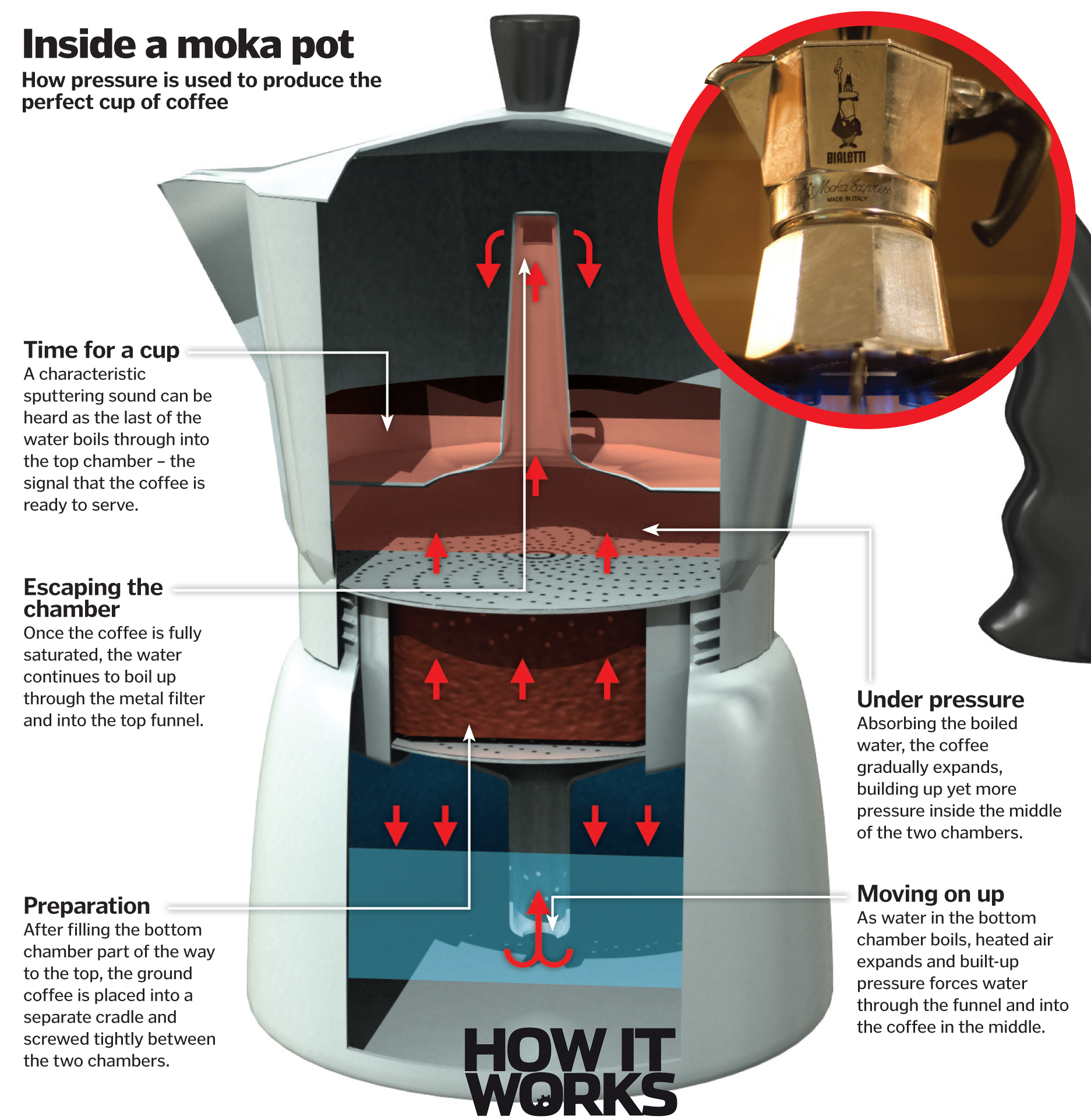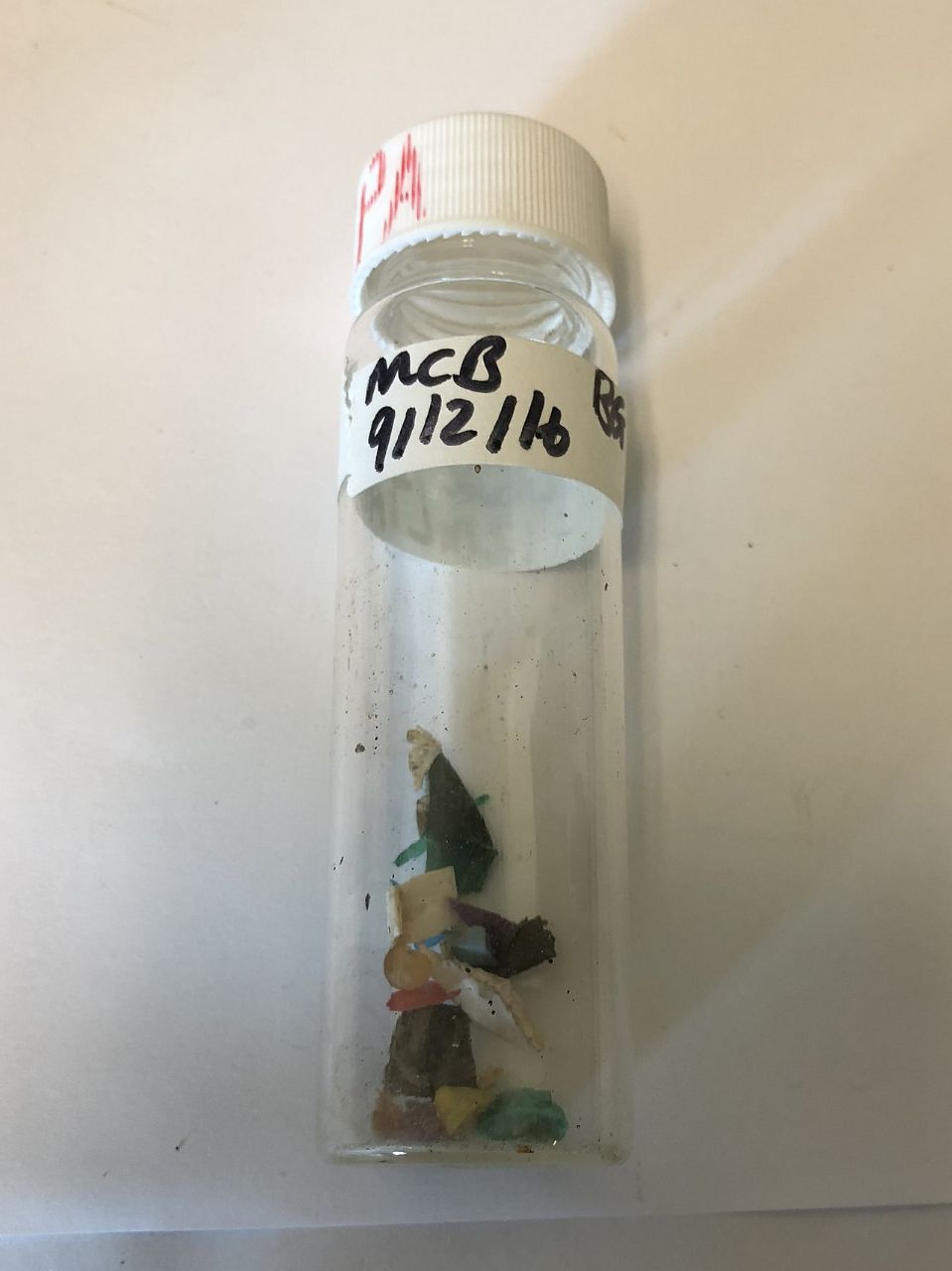
When the Moka pot is placed on the stove, the water heats up and generates steam. This increases the pressure in the bottom chamber and pushes the water up through the coffee granules and into the top chamber, where it is ready to be poured.
The pressure built up in the pot’s chambers reaches only 1.5 bars, nowhere near the nine bars achieved in traditional espresso makers. Nevertheless, the simplicity of its design and ability to produce quality cups of coffee made it a hit in households.
It was invented in the 1930s by Alfonso Bialetti, who was said to be inspired by observing his wife doing laundry. Their primitive washing machine consisted of a bucket of soapy water that was brought to the boil over the fire. The water was pushed out of the tube and onto the dirty clothes. Bialetti developed a similar technique for the coffee pot, and his design remains much the same to this day.













